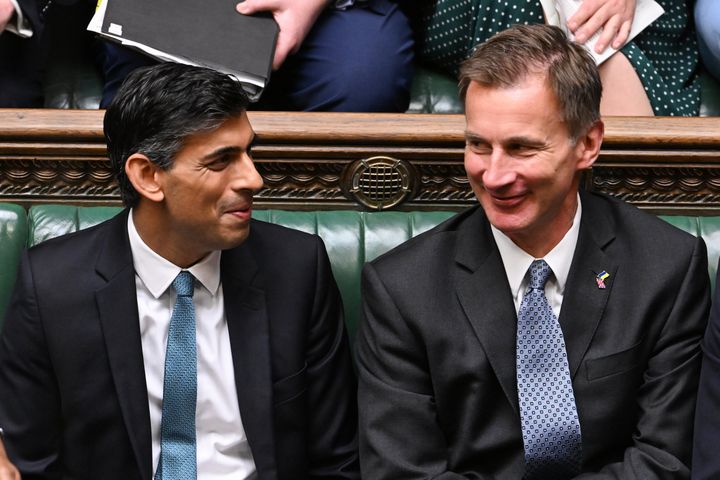
Rishi Sunak and Jeremy Hunt will be unveiling a significant budget on November 17, likely to include tax increases and public spending cuts.
The prime minister and the chancellor have both been in the job for a matter of weeks, but they are inheriting a chaotic economic climate and are looking to put the UK back on steady footing.
The much-anticipated statement was due to be announced on October 31, but it was pushed back after Sunak became prime minister.
The statement will be announced along with the first growth and borrowing forecasts for the country from the Office for Budget Responsibility (OBR) since March.
Here’s what we know so far.
What has the Treasury said?
The Treasury seems to already be laying the groundwork for some bleak news.
After a meeting between the PM and chancellor on Monday, the Treasury announced that they have “agreed on the principle that those with the broadest shoulder should be asked to bear the greatest burden”, clearly stamping out Liz Truss’s “trickle-down economics”.
However, the Treasury also warned that “given the enormity of the challenge, it is inevitable that everybody would need to contribute more in tax in the years ahead”.
So why might tax rises be necessary?
The BBC has been told that the Treasury is facing a “fiscal black hole” – a term which means the amount we spend and the amount the government receives in taxes do not add up.
The BBC estimates this might be at least £50 billion. There are reports that half of this will come from tax rises, the other half from public spending.
The UK’s economic problems were exacerbated by the borrowing throughout the Covid pandemic, and the energy support which will reduce the average household’s bill to £2,500 until April.
The financial situation then came to a head after Truss’s mini-budget was unveiled in September. It increased the cost of government borrowing, causing the pound to fall in value and inflation to shoot up, by proposing £45 billion worth of unfunded tax cuts.
Sunak even warned Truss during the first Tory leadership race that her economic policies were a “fairy tale”, and that cutting back in tax during a cost of living crisis was not the answer.
The size of the black hole depends on how much the economy grows in the coming months. At the moment, investment bank Goldman Sachs estimates that the UK economy will shrink by 1% in 2023 – meaning Sunak and Hunt will have to make substantial changes to our public finances to avert this recession.
But, there’s little for the Tories to cut back on. After 12 years of consecutive Conservative governments, austerity measures have already significantly cut back on public spending – which is why dramatic tax rises are expected instead.
What options do the government have at the moment?
The Institute for Financial Studies (IFS) previously estimated that the government will have to find £62 billion of cuts or tax rises in the medium term to steady the UK’s finances – even if the damage of the mini-budget is completely reversed.
Reports have suggested Downing Street could soon introduce:
- Real-terms cuts to pensions and benefits, meaning salary increases do not rise in line with inflation
- An increased windfall tax on oil, gas and potentially electricity generating companies, as energy giants are taking home huge profits at the moment
- Freezing international aid for two years
- Cutting investment spending
The Resolution Foundation think tank claims most of these new options would be “unpalatable” and more people could fall into the higher 40% tax rate in an effort to make up the shortfall.
Sunak also told his cabinet that the NHS would be “prioritised” amid the “difficult decisions” on spending in coming weeks.
